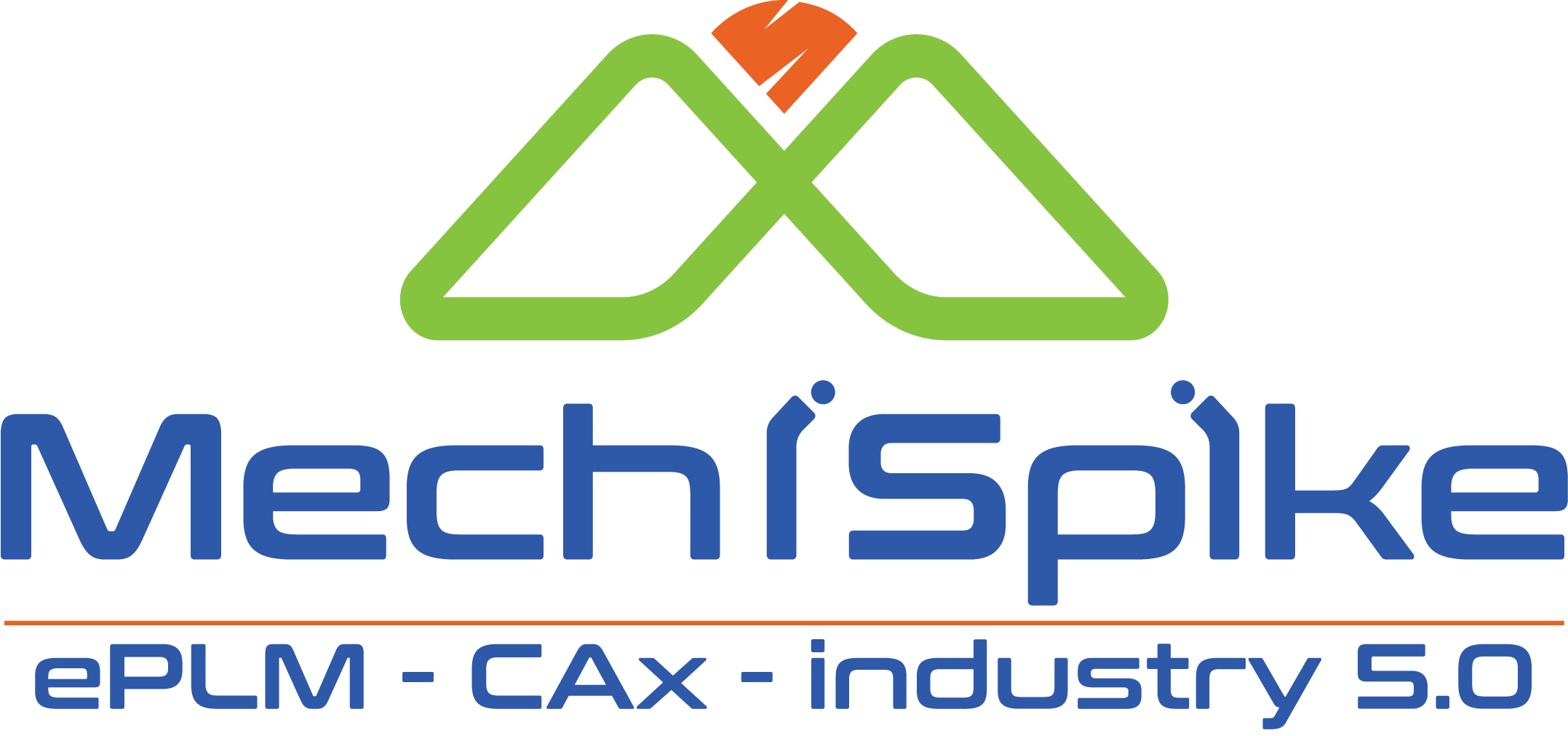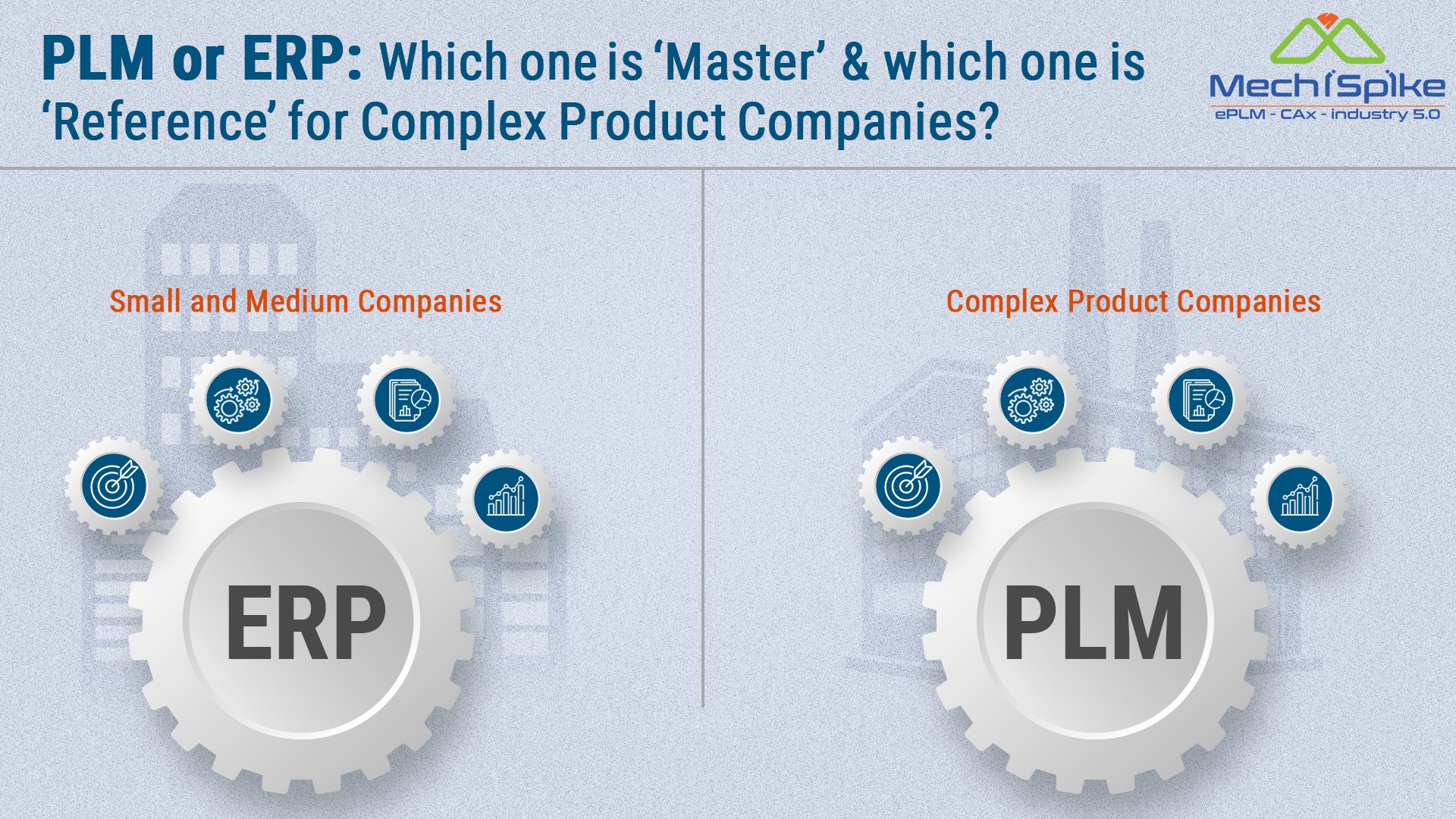
Impact of Engineering Design Review Quality on Your Cost & How PLM Software Can Help.
In this edition, let us talk about Impact of Engineering Design Review Quality on Your Cost and How PLM Software can help.
In the world of product development, the engineering design review is a critical phase that can significantly influence the cost and success of a project.
The meticulous scrutiny of designs before they move to the production stage is an essential step in ensuring that the final product meets quality standards, adheres to regulations, and functions as intended.
This process is not just about catching errors; it’s about optimizing the design for efficiency, performance, and cost-effectiveness.
In this article, let’s delve into the significance of design reviews, their impact on overall project costs, and how Product Lifecycle Management (PLM) software plays a pivotal role in minimizing mistakes during this crucial phase.
The Essence of Design Reviews:
Design reviews are systematic examinations of a product’s design, conducted to identify potential issues, verify compliance with specifications, and assess the overall design quality.
These reviews are multi-faceted, involving various stakeholders such as designers, engineers, project managers, and even end-users in some cases.
The objective is to ensure that the design aligns with the project goals, regulatory requirements, and industry standards.
Overall Product Design Principles:
Before delving into the impact of design reviews on costs, it’s crucial to understand the broader principles that guide product design. These principles serve as the foundation for creating robust, reliable, and cost-efficient products. Some key principles include:
- Functionality: The product should perform its intended functions effectively and efficiently. Designers must ensure that all features are aligned with the product’s purpose.
- Reliability: A reliable product minimizes the likelihood of failures or breakdowns. Design choices should prioritize durability and longevity, reducing the need for frequent repairs or replacements.
- Cost-Effectiveness: Balancing functionality and reliability with cost efficiency is paramount. Designers must explore materials, manufacturing processes, and technologies that optimize costs without compromising quality.
- Compliance: Products must adhere to industry regulations and standards to ensure safety, quality, and market acceptance.
- Scalability: Design should account for future scalability, enabling the product to adapt to evolving requirements or accommodate technological advancements.
Impact of Design Reviews on Cost :
The cost implications of design reviews are profound and extend throughout the entire product lifecycle. Identifying and rectifying design flaws at later stages of development or, worse, after production has commenced can be financially burdensome.

Here are some ways in which the lack of a robust design review process can impact costs:
- Rework Costs: Uncovering design flaws during the later stages of development or production often requires significant rework. This can involve revisiting design elements, retooling manufacturing processes, and even scrapping already produced components. Rework not only incurs additional material and labor costs but also leads to delays in the production timeline.
- Prototyping Expenses: Without a thorough design review, prototypes may not accurately represent the final product. Inaccurate or incomplete prototypes can necessitate additional iterations, leading to increased prototyping expenses.
- Regulatory Non-Compliance Fines: Failure to identify and rectify design issues related to regulatory compliance can result in hefty fines. Addressing these issues post-production can be both expensive and time-consuming.
- Market Rejection: If design flaws affect the product’s functionality, reliability, or safety, it may be rejected by the market. The costs associated with rebranding, marketing, and potentially redesigning the product to meet market expectations can be substantial.
- Brand Reputation: Design-related issues that lead to product recalls or negative customer experiences can tarnish the brand’s reputation. Rebuilding trust and recovering from reputational damage can be a prolonged and expensive process.
The Role of PLM Software in Minimizing Design Review Mistakes:
Product Lifecycle Management (PLM) software is a powerful tool that enhances collaboration, streamlines processes, and minimizes errors throughout the product development lifecycle.
When it comes to design reviews, PLM software plays a crucial role in the following ways:
- Centralized Data Management: PLM software provides a centralized platform for storing and managing design data. This ensures that all stakeholders have access to the latest design information, reducing the likelihood of errors resulting from outdated or conflicting data.
- Collaborative Work Environment: Design reviews often involve input from multiple team members across different disciplines. PLM software facilitates collaboration by allowing real-time communication, feedback, and document sharing, ensuring that all stakeholders are on the same page.
- Version Control: Keeping track of design iterations is essential to prevent errors resulting from working with outdated versions. PLM software offers robust version control, helping teams manage changes, track revisions, and maintain a clear audit trail.
- Automated Workflows: PLM software allows organizations to establish standardized, automated workflows for design reviews. This ensures that the review process follows a structured and consistent path, minimizing the risk of overlooking critical aspects.
- Traceability: Traceability is crucial for identifying the source of design issues. PLM software offers traceability features, linking design elements to requirements, regulations, and other relevant criteria. This makes it easier to pinpoint and rectify issues during the review process.
Conclusion:
In conclusion, the impact of engineering design reviews on project costs cannot be overstated.
A robust design review process is not just a quality assurance step; it is a strategic investment in the success of a product.
By adhering to overall product design principles and leveraging PLM software, organizations can minimize the likelihood of design-related mistakes, reduce rework costs, and enhance overall efficiency.
Embracing a comprehensive and collaborative approach to design reviews is not only a cost-saving measure but also a key driver of innovation, ensuring that products meet or exceed customer expectations in a competitive market.
With MechiSpike, you can leverage your PLM to the fullest.
Subscribe Now to get this Weekly Newsletter delivered in your Inbox directly :
Our mission : To equip you with the knowledge and tools you need to drive value, streamline operations, and maximize return on investment from your PLM initiatives.
Over the coming weeks and months, PLM ROI Newsletter will guide you through a comprehensive roadmap to help you unlock the full potential of your PLM investment.
We are committed to be your trusted source of knowledge and support throughout your PLM journey. Our team of experts and thought leaders will bring you actionable insights, best practices, case studies, and the latest trends in PLM.
Subscribe Now to get this weekly series delivered into your Inbox directly, as and when we publish it.
To your PLM success!
Warm regards,
Visit Us: www.mechispike.com


